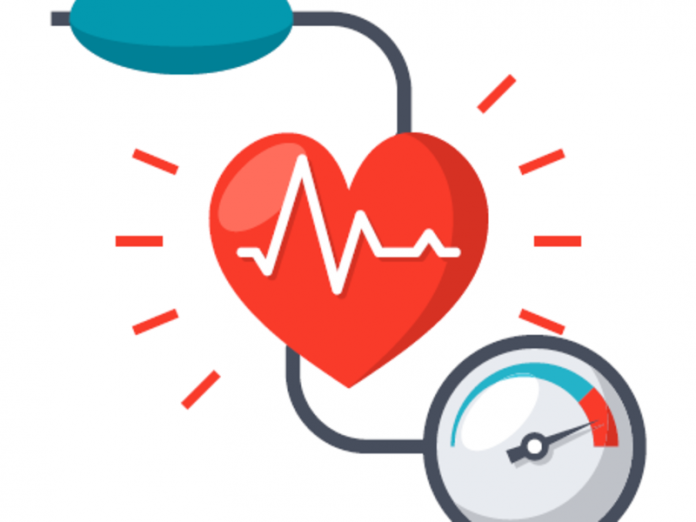A citywide health survey conducted by the City University of Macau Global Health Observatory Research Centre has shown a concerning prevalence of hypertension in local residents, mainly due to high consumption of alcoholic beverages, salty food and a lack of regular physical activity.
Jacky Chong-Kin Ho, an Associate Professor at City U and study coordinator, indicated to MNA that 817 local residents across three age groups were recruited to be monitored between November 2019 and August 2020.
A mobile, home-based health monitoring system was employed with an online platform specifically designed to collect the daily health data, with the study results now revealed.
The overall prevalence of hypertension was established at 36.2 per cent for all age groups and was established at 5.3 per cent for subjects under 29 years of age, at 37.7 per cent for subjects between 30 to 64 years, and at 57 per cent for subjects over 65 years of age.
A high intake of sodium in participants’ diets was considered by Professor Ho as one of the main reasons for the results.
“Macau is a 24/7 operating city and a lot of people now consume, in restaurants or at home, meals with a high intake of salt. I guess this has become a dietary culture in Macau. We also observed that these high intakes of salt are also reported in the surrounding region […] Chinese cuisine also has a lot of salt. It becomes more tasty but it has an impact on our health” the researcher noted.
Excess sodium increases blood pressure because it holds excess fluid in the body, creating an added burden on the heart and increasing the risk of stroke, heart failure, osteoporosis, stomach cancer and kidney disease.
Professor Ho considered the results for middle-age residents especially concerning, and requiring a special focus from authorities, considering that continuing on these levels they will require more medical treatment resources as they get older.
Although admitting that with the study having covered most of the Covid-19 pandemic period where people in the city became more sedentary, Ho noted personal health behaviour patterns were already established before.
The survey also showed troubling rates of alcohol consumption in residents under 29, with 43 per cent regularly consuming alcoholic beverages, a rate that decreased to 38.4 per cent for middle-aged individuals and to only 6.7 per cent for elderly individuals.
“This is also alarming […] it has become a social culture and is impacting the younger generation and in the long run it will affect their health as well,” Ho noted.
The researcher considered that using food substitutes for salt containing less sodium could be one of the solutions to reduce the high prevalence of hypertension, coupled with fewer risk behaviours and increased sport activities.
However, he urged a more stringent public health strategy that could allow government, health and social service organizations and individual citizens to establish individualised prevention strategies.
“Right now the world trend is to have individualised health prevention programmes. The reason why we use home-based monitoring systems is that they are personalised devices and each of them has an account, with data stored in a portal where the subject can check back their record and health indicators,” Ho noted.
According to the professor, the local government doesn’t have a very complete individual health profile of residents, while the system employed by the study allows for subjects to check their record and observe their trends over time.
Some people observed during the tests were said to have even expressed that they were now more aware of their health condition and were now motivated to manage it.
“I understand the government is putting all their energy into fighting the Covid-19 outbreak, but don’t forget that the world won’t stop. This is the moment to focus on the long-term trends, so we have to set up a platform to start collecting health data of residents so we can make more accurate predictions,” Ho added.
“When we have this data we can start doing some interventions earlier and set people to go to hospitals and receive treatment before problems arise.”





















